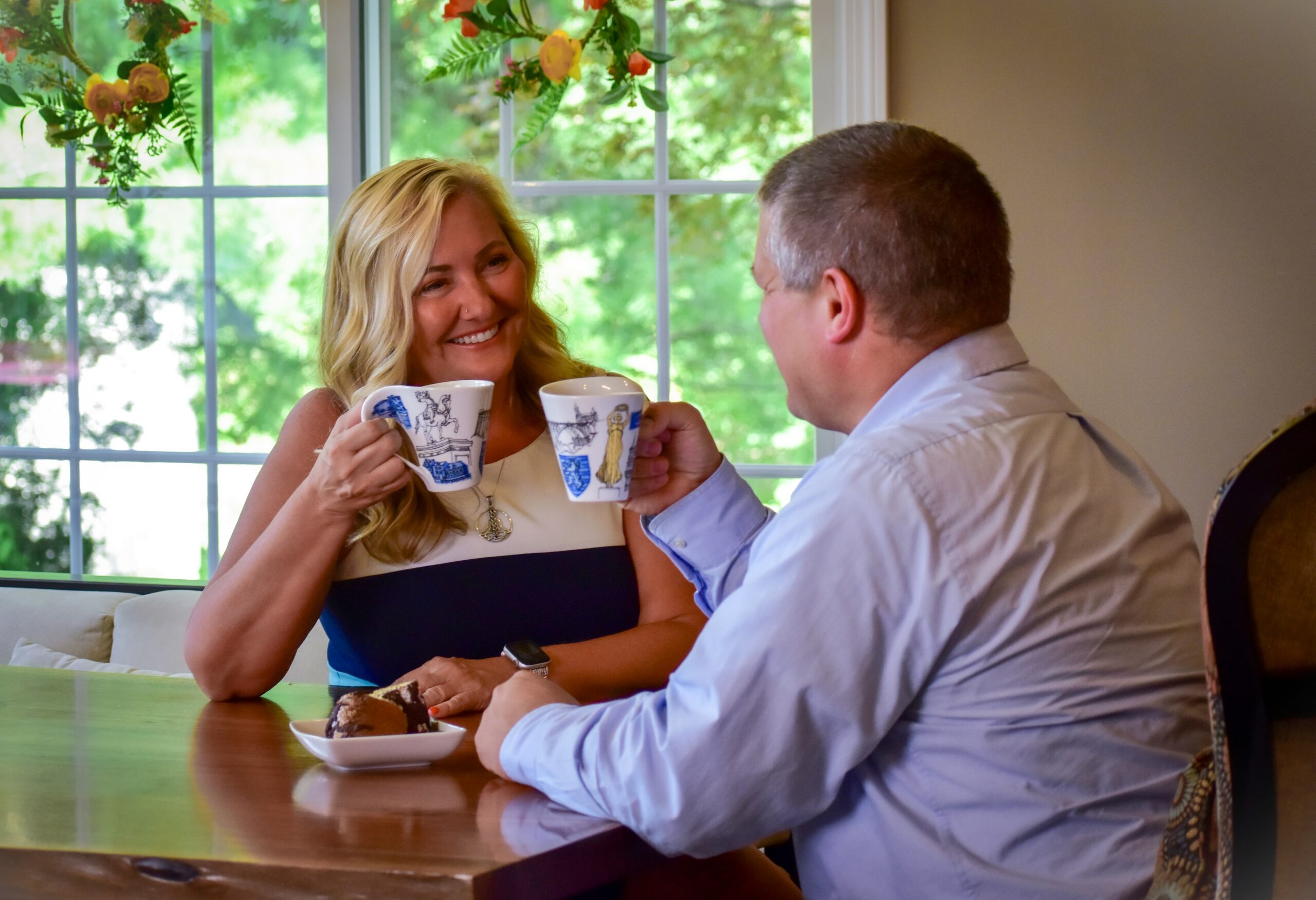
One to One Coaching
How It Works
The Coaching Journey
Coaching is a collaborative, personalized process where we’ll work together to clarify your goals, explore tailored strategies, and integrate meaningful changes that align with your long-term vision—ultimately empowering you to navigate challenges with awareness, confidence, and intention

FRAME
We’ll work together to craft a six to nine month engagement, defining a set of desired outcomes for your personal and professional goals. In each session, we’ll co-create a Unit of Work with a focus and objectives that aligns with fulfilling your long-term vision.
EXPERIMENT
Through biweekly or monthly in-person or virtual coaching sessions, we’ll unlock strategies and solutions you can put to work. I apply a client-centered approach, meeting you where you are right now, focusing on your own thoughts, challenges, and goals. We’ll co-create experiments and I’ll help bring your own tools and resources into your awareness.
REINFORCE
This is where we move from the “what is” to the “so what.” You’ll put your learning into action, make the desired change, and integrate the new awareness, insight or learning into your way of being in the world. I’ll support your progress and integration while you maintain ownership for your action plan and outcomes.
GET THE INSIDE SCOOP
The Coaching Experience

GUIDING PRINCIPLES
My Coaching Philosophy
Gestalt Psychology is a school of thought that looks at the human mind and a person’s behaviors as a whole.
When trying to make sense of the world around us, Gestalt psychology suggests that we don’t simply focus on every small component. Instead, we zoom out and perceive objects and patterns as part of a greater whole and as elements of more complex systems.
THE DETAILS
FAQs About Coaching
